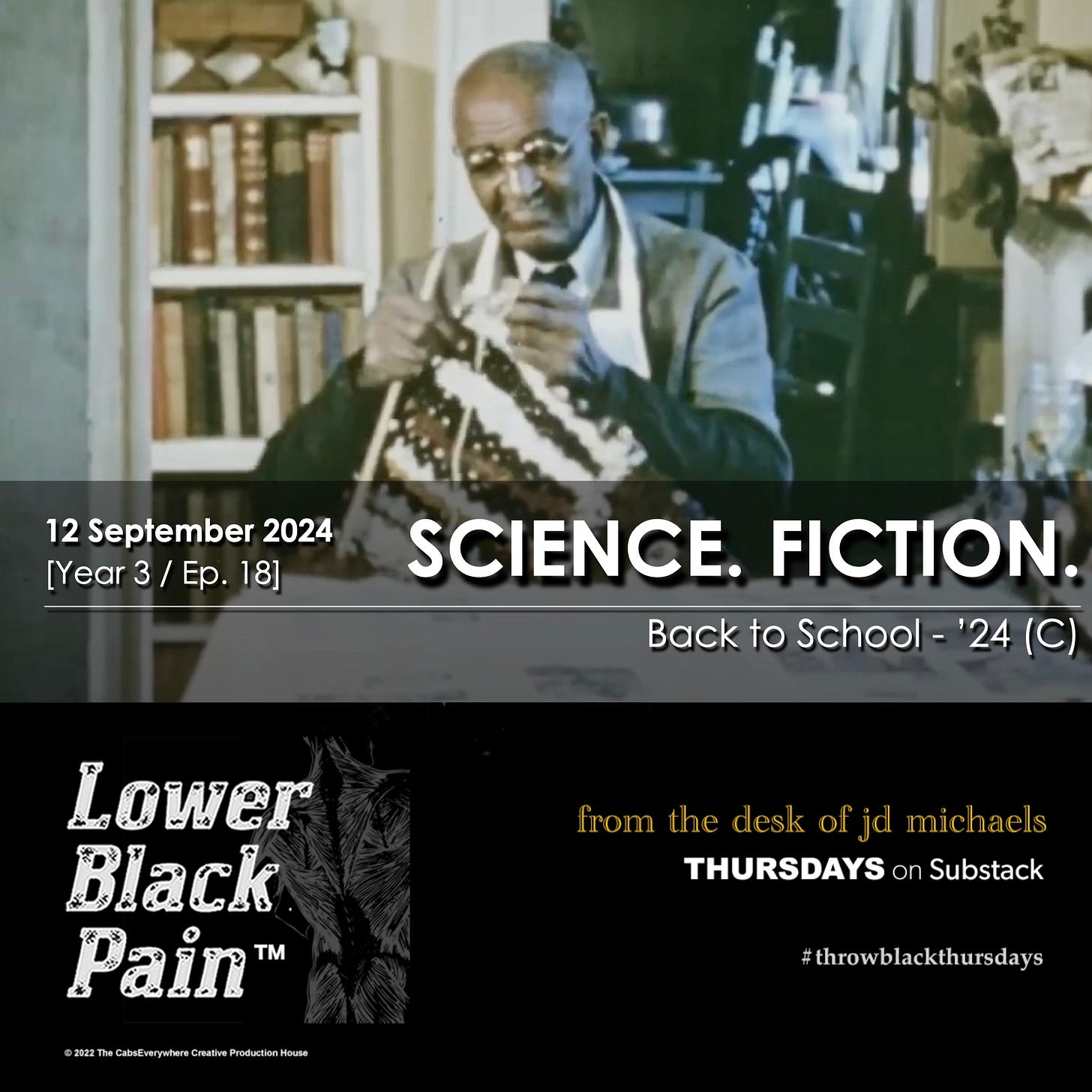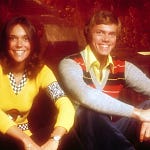I was mistaken for Neil deGrasse Tyson once at the Museum of Modern Art. I had taken a friend there for lunch, and we decided that we’d eat at the fancy place on the ground floor because we’d just finished a huge project.
I hadn’t made any reservations, but they sat us immediately at a very nice table, and then the head waiter came over and said,
“It’s great to see you again. How is everything?”
“It’s great!” I responded.
“I see you came back.” he added.
Ok.
“Well, I really love it here.”
“That’s great to hear. I’ll get someone to take care of you. Let me know if you need anything. Enjoy yourself!”
My colleague and I stared across the table at each other cautiously.
“Did that seem weird?” I asked him.
“Incredibly weird.” he said. “Who does he think you are?”
“I don’t know.”
A less head waiter came to take our order. “Hi, how are you guys doing?”
My buddy pointed at me and blurted out “Do you recognize him?”
The waiter looked at me for a second. “My boss thinks you’re Neil deGrasse Tyson. He was in here the other day with his son, and was wearing the same hat.”
It was a fact that I was wearing a NASA baseball cap, inspired by a recent movie I’d adored called “Tomorrowland”.
It is also a fact that I look nothing like Neil deGrasse Tyson.
Not even a little bit.
“Does he eat here for free?” my friend asked the waiter.
“No, but you got a great table, and I won’t tell anybody.”
I looked around and yes, a full to capacity restaurant of Fancy Folks were stealing little glances at us.
“I’ll try to eat as scientifically as possible.” I told the waiter, and I pulled my cap lower, and my friend and I enjoyed a lunch that neither of us could actually afford.
We tipped generously.
I didn’t really know how to grow up and “be a scientist”. Becoming a scientist seemed a very bold career choice. Dr. Bruce Banner experimented with gamma rays and became a green giant. Dr. Reed Richards and his family traveled to space and were bombarded with cosmic radiation. And Dr. Octavius was always so mean to Spider-Man, trying to hit him with those mechanical arms and whatnot. Science seemed dangerous.
But I liked science - it was the answer to every “how?” question, the art of making sense of things. It made the world both more and less mysterious. For instance, as a child I was told that if I lifted heavy things, it might stunt my growth.
How would I ever know if that happened? How tall was I supposed to be? It’s not like my “full height” was written on the bottom of my foot or anything. Could a couple of grocery bags hefted up the steps when I was nine keep me out of the NBA? That couldn’t be how the human body worked. It didn’t seem very scientific.
There I was, spellbound by my Gilbert Home Chemistry Set in its bright blue metal case, following instructions carefully, alert when using the rubbing alcohol bunsen burner, fingertips stained with sulfur and iodine, all the labels on the little bottles gently blurred by first attempts and miscalculations. I caused liquids and litmus paper to change color, solids to vaporize, and crystals to appear as if from magic.
TinkerToys, a popular children’s building set, introduced me to physics, while my Erector Set (another popular construction toy) brought engineering to the mix. We put together a model called “The Visible Man” with clear plastic skin covering brightly painted bones and organs that fit together inside him. I raised a tadpole in a jar with holes poked in the top until it became a baby frog and we returned it to the lake.
After a while I saw science everywhere, from boiling water in a kitchen pot to soap suds in the washing machine.
What I didn’t see was scientists.
Recently I discovered a color film of George Washington Carver taken when he was older. He moves about his day as you’d imagine a scientist would - spending part of his time in his home laboratory and agricultural experimentation space. Surprisingly he also spent a significant amount of time crocheting a new blanket.
At the end of the film, he leaves his simple home and travels to the campus of Tuskegee Institute, where he taught for many years. As he stands in front of a building bearing his name, complete with a life size bust of himself, I thought about how bizarre it must have felt to have been both a slave and an international advisor to Mahatma Gandhi in the same lifetime.
I never heard about Katherine Johnson’s time at NASA until the popular “Hidden Figures” movie, and I only just learned of Gladys West’s work on GPS, or that the Super Soaker water gun was invented by Lonnie Johnson. There weren’t trading cards for black scientists, only sports heroes, which was a shame really, because it is only recently that I’ve come to realize how many African Americans have made significant and world changing discoveries. I would have collected those cards in high school and enthusiastically traded them with my frenemies in Chess Club.
I wish I’d known more about these folks early on - more about their lives and adventures. As it was, I believe I got a C on a third grade test because I wrote that George Washington Carver invented the peanut, rather than 300 innovations derived from it. He was the literal poster child of black science, but as impressive as his career was, as I looked up at his painted image every year on the science classroom bulletin board, I didn’t know enough about his life to want to BE him.
Which is ironic, because I actually resemble him a great deal more than I do Neil deGrasse Tyson.














Share this post